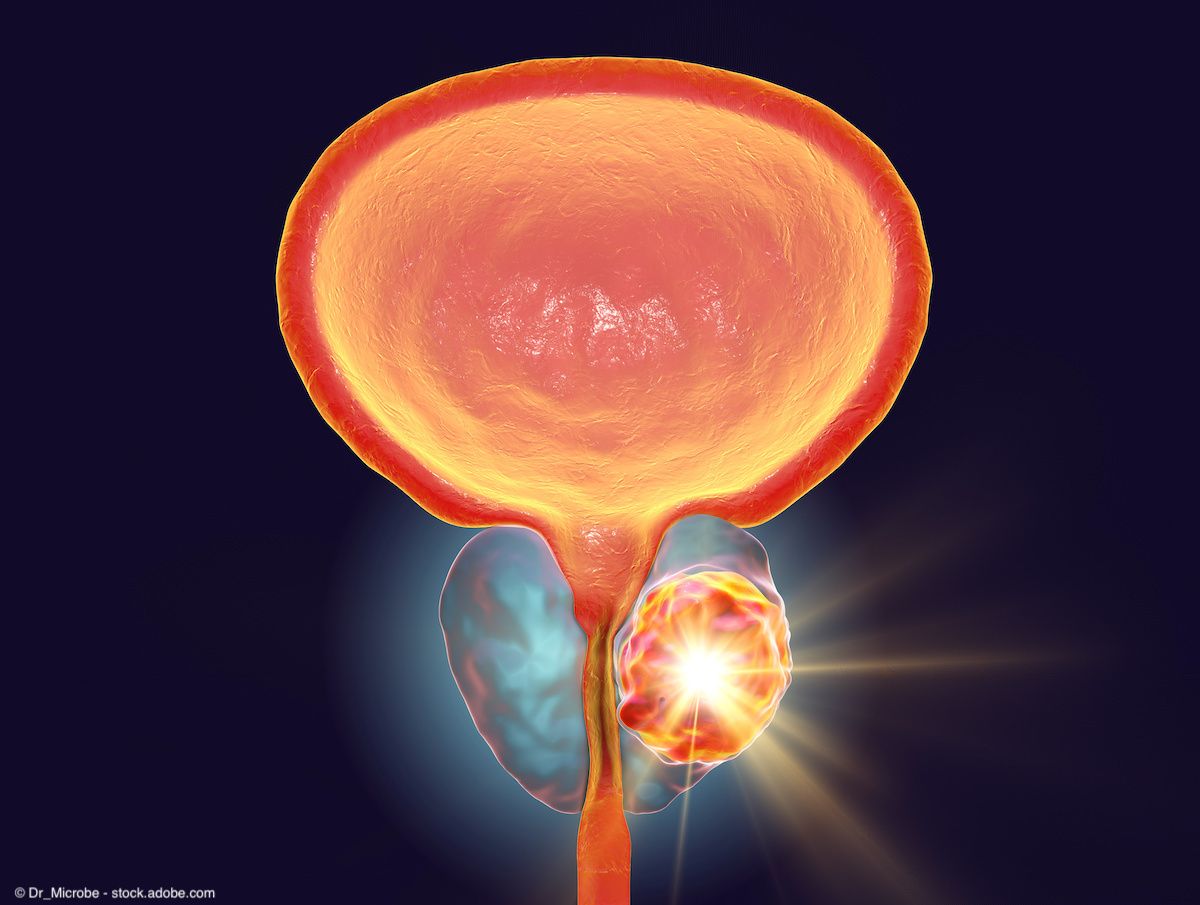News
Article
ARPIs achieve improved treatment response in patients with mCRPC and detectable ctDNA
Author(s):
Treatment with an ARPI extended overall survival (OS), with a median OS of 38.7 months in the ARPI arm vs 21.7 months in the taxane arm and 21.8 months in the physician’s choice of treatment arm.
Treatment with androgen receptor pathway inhibitors (ARPIs) led to an improved treatment response compared with taxanes and physician’s choice of treatment in patients with metastatic castration-resistant prostate cancer (mCRPC) with detectable circulating tumor DNA (ctDNA), according to initial data from the phase 3 Prostate Biomarkers (ProBio) platform trial (NCT03903835) published in Nature Medicine.1
Final completion for the ProBio trial is anticipated for December 2026.

“Our study shows that it is possible to ensure that each patient receives the best treatment given the genetic profile of the tumor,” said co-author Henrik Grönberg, MD, PhD, a professor of cancer epidemiology at Karolinska Institutet, Sweden, in a news release on the findings.2 “Everyone talks about precision medicine, but studies like ProBio are needed to understand how biomarkers can help patients.”
Overall, data from the trial showed that ARPIs extended the time to no longer clinically benefitting (NLCB) in the biomarker-unselected or “all” patient population, with a median time of 11.1 months with ARPIs vs 6.9 months with taxanes (survival time ratio [STR], 1.60; 90% CrI, 1.28-2.01) and 7.4 months with physician’s choice of treatment (STR, 1.50; 90% CrI, 1.20-1.86). This equates to an approximately 55% longer time to NLCB with the use of ARPIs.
Additionally, treatment with an ARPI extended overall survival (OS), with a median OS of 38.7 months in the ARPI arm vs 21.7 months in the taxane arm (STR, 1.78; 90% CrI, 1.28-2.61) and 21.8 months in the physician’s choice of treatment arm (STR, 1.77; 90% CrI, 1.29-2.51). This equates to an approximately 77% longer time to OS with the use of ARPIs.
The largest increase in time to NLCB was observed among patients who were AR negative, TMPRSS2-ERG fusion positive, or had TP53 wild type variants. No difference between ARPIs and taxanes was observed in patients with TP53 alterations.
Regarding safety, the incidence of adverse events (AEs) was higher in the taxane arm vs the ARPI arm. Treatment-related AEs or AEs resulting in treatment interruption, dose adjustment, or discontinuation were more common among patients in the taxane arm. The incidence of serious AEs was comparable between both the ARPI and taxane arms.
In total, the multicenter, outcome-adaptive, biomarker-driven ProBio study included 193 patients with mCRPC and detectable ctDNA who were enrolled across clinical trial sites in Sweden, Belgium, and Norway.
Patients were randomly assigned to receive either an ARPI (n = 31), taxane-based chemotherapy (n = 56), or physician’s choice of treatment (n = 64) across 5 biomarker subgroups. A total of 42 patients were also included in the other investigational arms. Upon reaching the time to NLCB, patients could be re-randomized.
The primary end point for the trial was time to NLCB. Secondary end points included OS and the incidence of AEs and serious AEs.
The ProBio trial remains ongoing, with study completion anticipated for December 2026.3
References
1. Laere BD, Crippa A, Discacciati A, et al. Androgen receptor pathway inhibitors and taxanes in metastatic prostate cancer: an outcome-adaptive randomized platform trial. Nat Med. 2024. doi:10.1038/s41591-024-03204-2
2. Precision therapy for metastatic prostate cancer improves survival. News release. Karolinaska Institutet. August 20, 2024. Accessed August 30, 2024. https://www.eurekalert.org/news-releases/1055100
3. ProBio: A biomarker driven study in patients with metastatic prostate cancer (ProBio). ClinicalTrials.gov. Last updated January 17, 2024. Accessed August 30, 2024. https://clinicaltrials.gov/study/NCT03903835
















